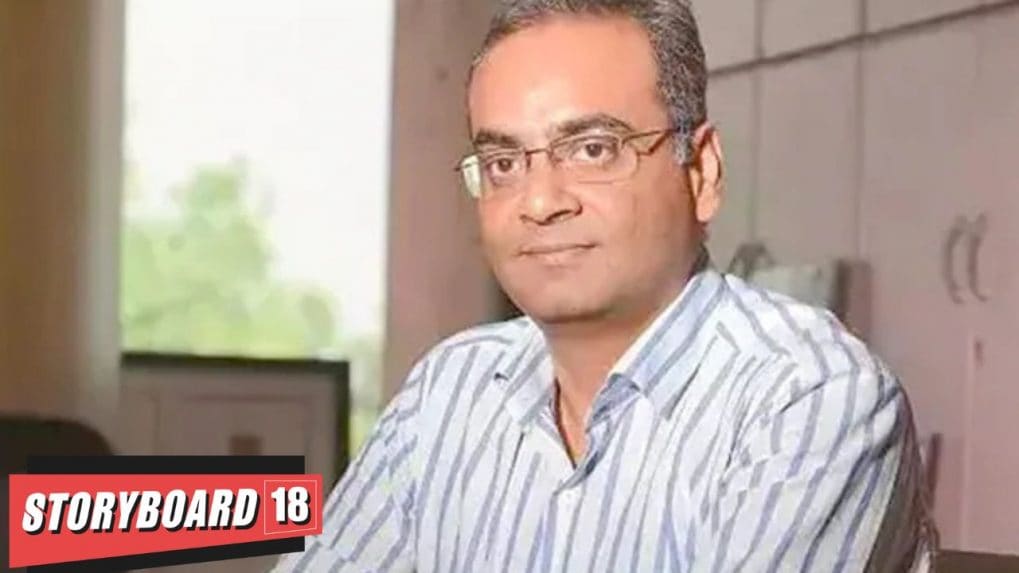Policies are never frozen, always evolving documents: Prasar Bharati CEO Gaurav Dwivedi
In an exclusive conversation with Storyboard18, Prasar Bharati CEO Gaurav Dwivedi shed light on the public broadcaster's role in democratising content, and the evolving landscape of content creation and distribution in India.
ADVERTISEMENT
Prasar Bharati’s OTT platform, WAVES, is emerging as a key enabler for hyperlocal content in India, offering a democratised space for regional and niche creators who were previously excluded by traditional broadcast limitations.
In earlier years, content production and distribution were prohibitively expensive and technically complex—making television viable only for programming that could attract large, monetisable audiences. With WAVES OTT, Prasar Bharati is addressing this gap by providing a curated yet accessible platform that supports content in diverse languages and formats, particularly from creators outside tier-I cities, shared Prasar Bharati CEO Gaurav Dwivedi, in an exclusive conversation with Storyboard18.
Speaking at the sidelines of WAVES 2025, the executive shared that the platform allows localised storytelling—songs, short films, and regional narratives— to find space and scale.
Adding further on the public broadcaster's role in democratising content, and the evolving landscape of content creation and distribution in India, Dwivedi emphasised the platform’s potential to amplify regional voices and lesser-known languages.
“The possibilities of the hyper-localisation of content have become that much easier,” he said, adding that unlike commercial OTT platforms driven by profitability, Prasar Bharati could serve underserved audience segments. “This is a gap that a public broadcaster needs to fill.”
He acknowledged the evolving landscape of content creation and distribution in India. “There is absolutely no disputing the fact that there is a lot of talent, of ability and capability available in the hinterland outside of the tier one cities. And, we hope that we are able to allow that talent to flourish on our platform,” he said.
Dwivedi also touched on the Ministry of Information and Broadcasting’s advisory on improving accessibility for differently-abled viewers. He reiterated that Prasar Bharati adheres strictly to its broadcast and advertising codes across platforms. “Whether it's on radio, whether it is on television, we are extremely careful of the content which we put out, we would want to adhere to these codes/guidelines on Doordarshan and Akashvani,” he said.
Prasar Bharati Seeking Consultant to Initiate D2M Technology
Prasar Bharati, in collaboration with IIT Kanpur and Saankhya Labs, is testing Direct-to-Mobile (D2M)technology in multiple cities. D2M is a broadcasting technology that enables users to receive multimedia content on their phones without an internet connection, similar to FM radio, where signals are transmitted and received by a device’s receiver. The government plans to roll out D2M nationwide, especially in tier II and III cities.
Dwivedi shared an update on Prasar Bharati’s collaboration with Sankhya Labs and IIT Kanpur on the Direct-D2M initiative, noting that the organisation is in the process of selecting a consultant to guide the project. “We are looking at how this process will be carried out because, it’s going to be something which will involve a lot of technical elements,” he said.
When asked about TRAI’s remarks on regulating digital and traditional broadcasting under a uniform policy, Dwivedi called it a policy matter best left to the government. “Policies are never frozen; they are always evolving documents based on the need of the times,” he said.

